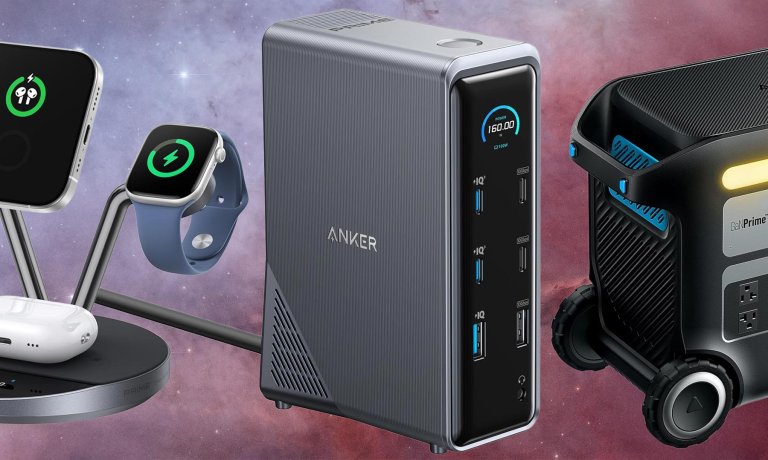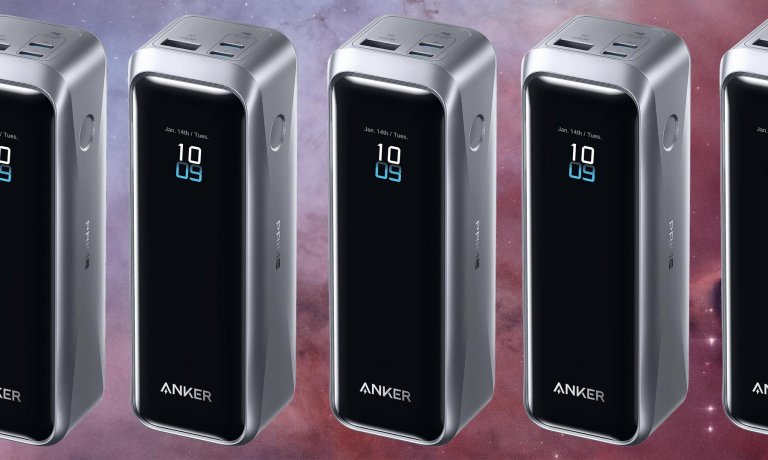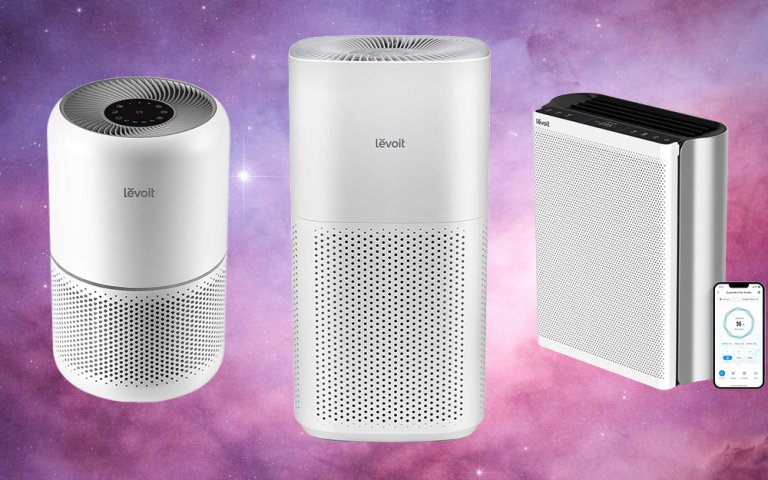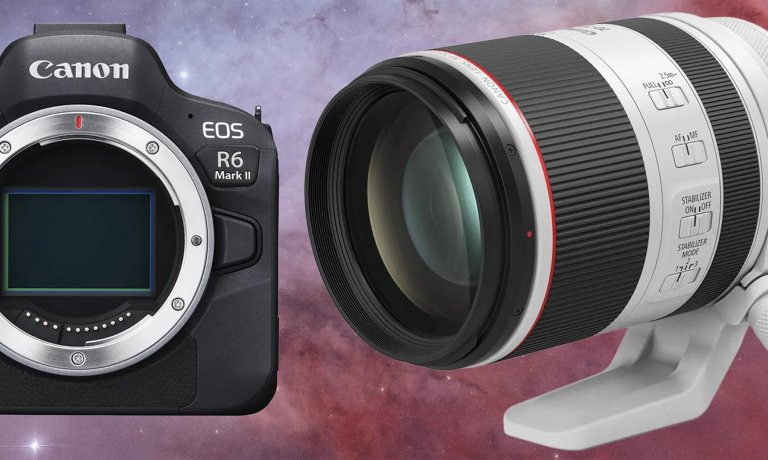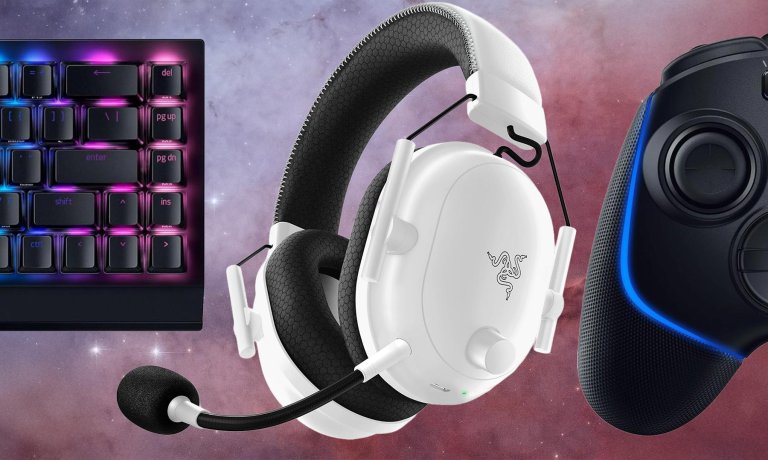Gear
News, roundups, and reviews of the technology that shapes the way we live.
Latest in Gear

Sponsored Content
Filing your own taxes? H&R Block Deluxe 2025 is now $50
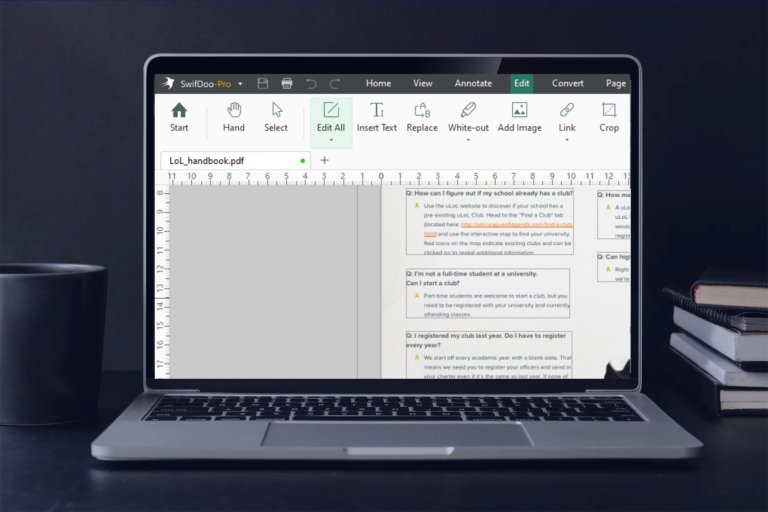
Sponsored Content
Turn scanned PDFs into editable files with this $35 tool

Sponsored Content
Pick a new skill anytime with $20 lifetime access to 1,000-plus courses

Sponsored Content
Get a lifetime of PC game cheat codes for $49.99 instead of $99.99
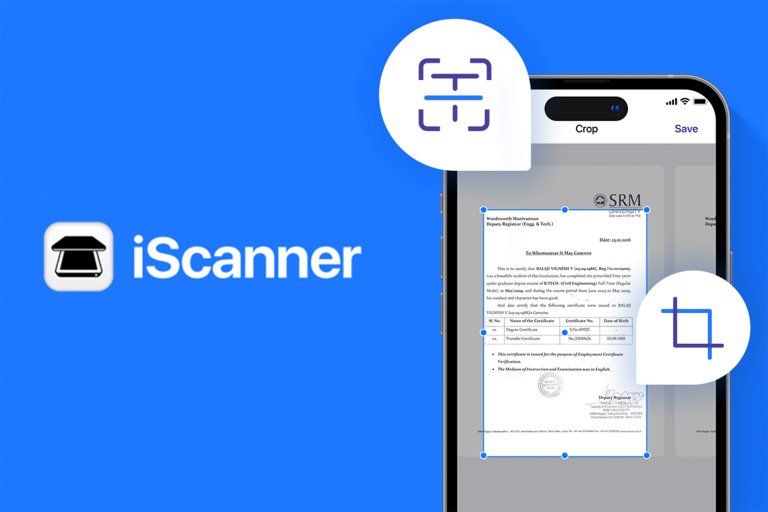
Sponsored Content
This $40 lifetime iScanner deal makes paperwork way less annoying
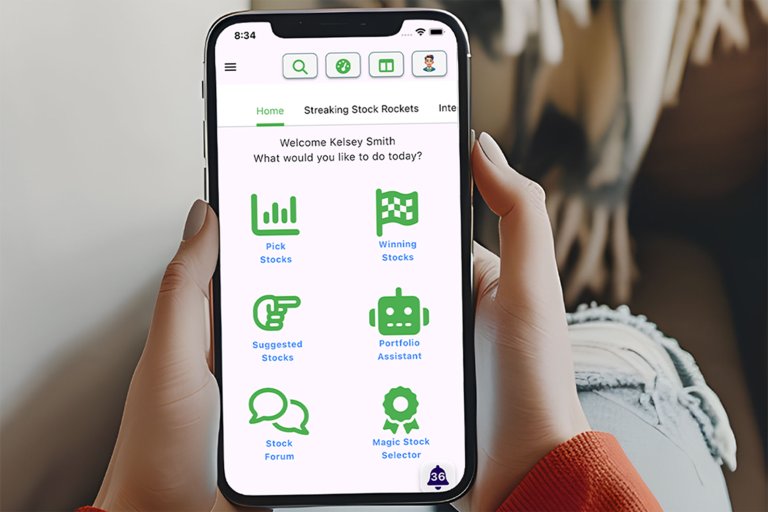
Sponsored Content
I built my stock portfolio with Sterling and ChatGPT for only $69
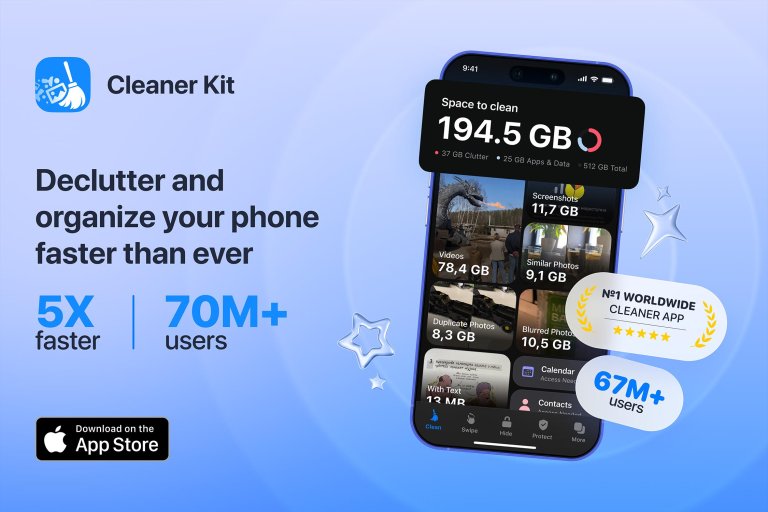
Sponsored Content
Cat photos were bogging down my iPhone until I got Cleaner Kit
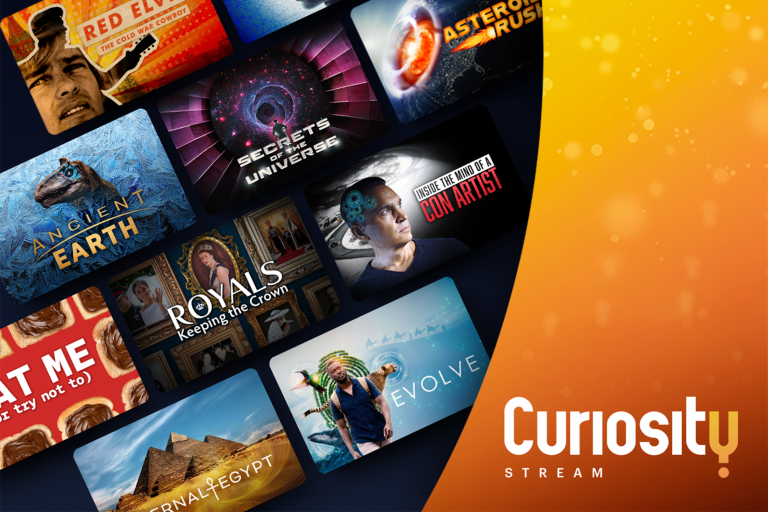
Sponsored Content
Get Curiosity Stream’s lifetime plan for 62 percent off
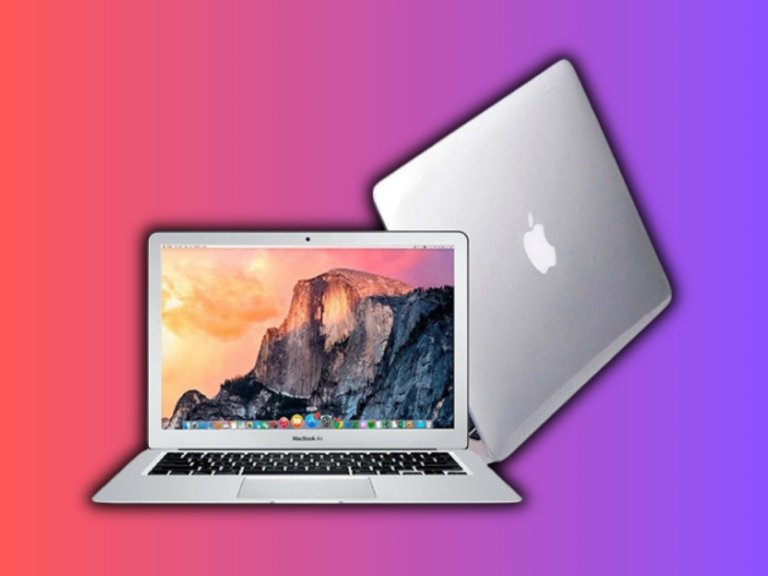
Sponsored Content
A dependable MacBook Air for under $200 is rare—but here it is!
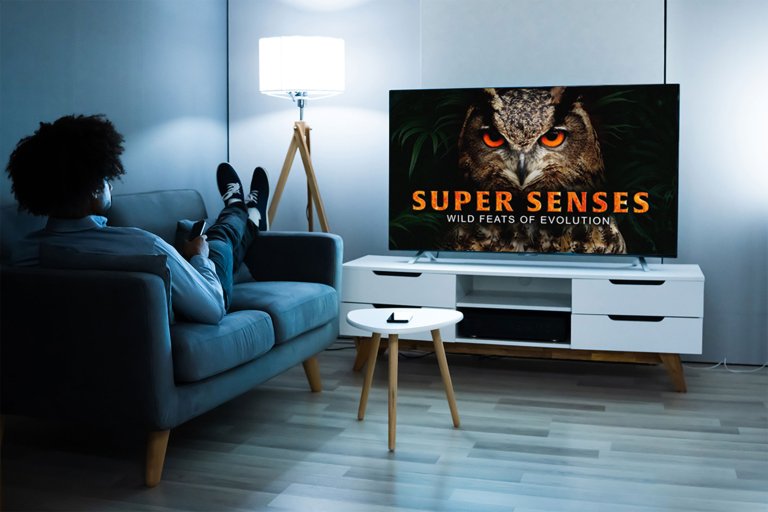
Sponsored Content

